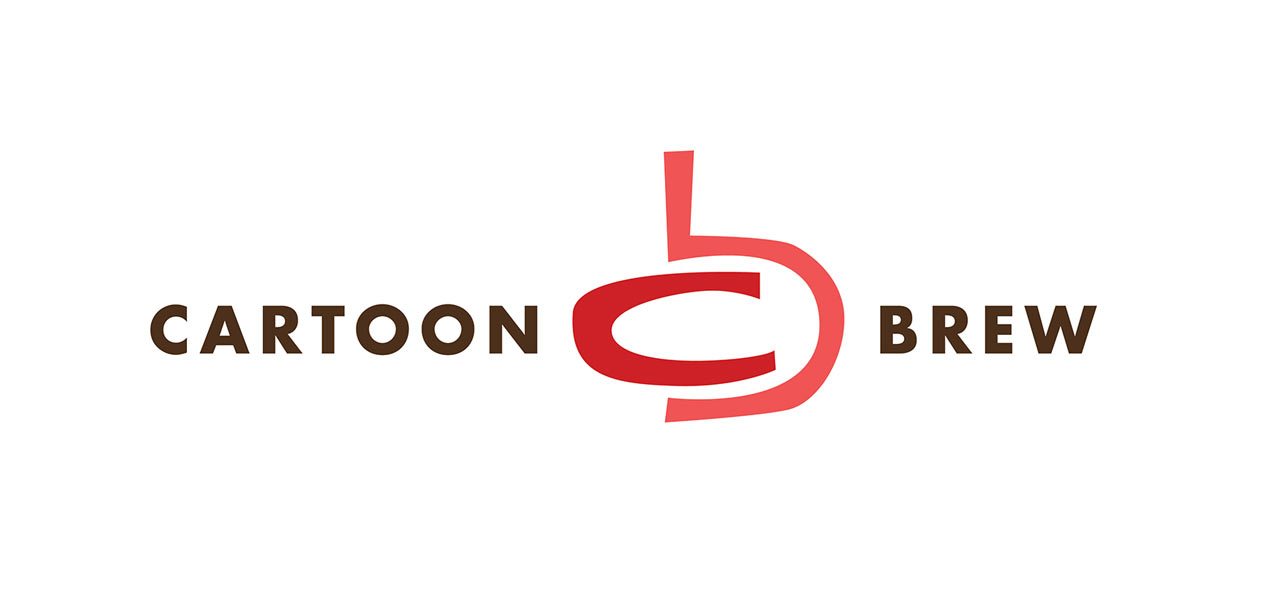

James Cameron: It’s Not Animation Because I Say So
A video in which Jim explains that, “the thing that people need to keep very strongly in mind is that this is not an animated film.” So just to recap: yes, Avatar has 100% digitally animated characters in it; no, it’s not animation; why, because Cameron says so.
Regardless of how Cameron and Fox want to frame their marketing campaign for the film, I have little doubt that Avatar will be viewed by history as an animated feature, right there along with Zemeckis’s mo-cap works. Granted, none of these are particularly exemplary examples of animated films, but they do represent the beginning of a new animated technique. (It is a testament to how rapidly animation is evolving as an art that we can no longer even identify what is an animated technique.)
It’s important to stress that, as photography didn’t replace painting and drawing, performance capture won’t replace hand-drawn, traditional CGI (as practiced by the likes of Pixar and DreamWorks), stop-motion, pixilation or anything else. In fact, if we look at how the advent of photography pushed painting in a more expressionistic and abstract direction, perhaps the same will happen in animation. Traditional CGI clearly can’t compete with performance capture in terms of realism, so now computer animation can begin to move away from its preoccupation with slavish recreations of fur, hair and motion and mature in a more abstract and impressionistic direction. In any case, performance capture is here to stay and it is now one more tool in the animator’s ever-widening arsenal. I look forward to seeing more experimental uses of it as the technology evolves and artists aspire to use it in more creatively challenging ways.
(via Mark Mayerson)

.png)